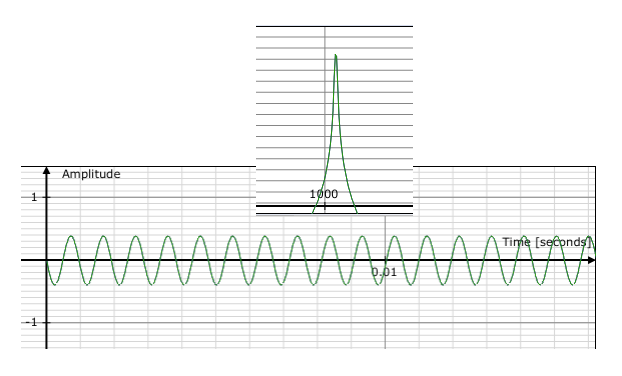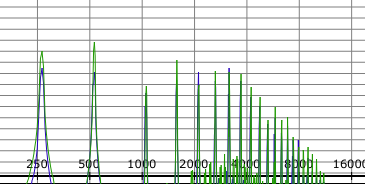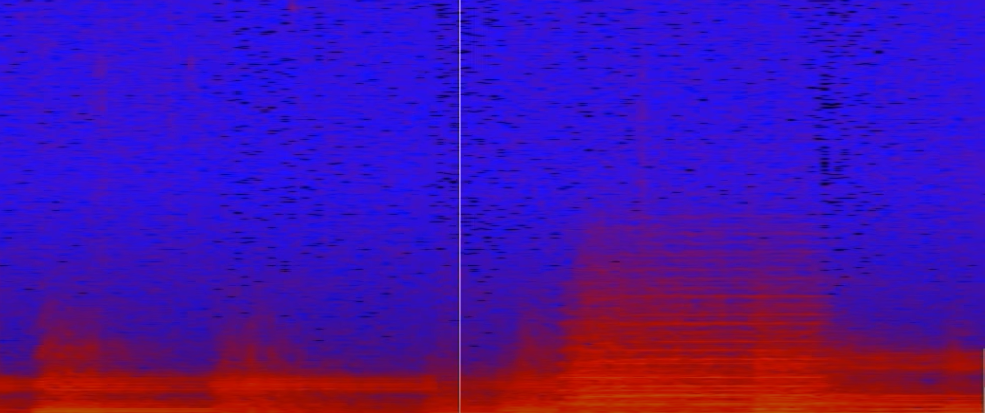The Cradles of Electronic Music – Part 5

I ended up with the question “Isn´t a spectrum the same as (layered) chords, at least when working only with sine waves? “
Well, let´s have a look how the pioneers of electronic music in the 1950s tried to deal with questions like that, now, that they were confronted with completely new kinds of sounds in music.
One of the most systematically proceeding composers of that time is Herbert Eimert. He divided all (electronic) sounds in the following categories:
tone
sound
tone mixture
noise
harmony (not in the classical meaning, but in the meaning of “mixture of timbres”)
A “tone” is a simple sine wave of a certain frequency and of certain volume with or without an envelope.

A “sound” is a compound of partials, the lowest of which determines the musical frequency (= the musical note) the others determine the timbre. Eimert only counted among the category “sound” those compounds of partials, whose partial frequencies were integer multiples of the fundamental (the lowest partial). He called this “harmonical relations”. In his compositions Eimert extensively applied filters to such “sounds” to remove partials from the “sound”, then added partials again (the formerly detached ones as well as new ones coming from another tape). Then he put volume envelopes on each single partial of the “sound”. I demonstrate this kind of working with sounds using the technical equipment of the 1950s in my e-book “The Cradles of Electronic Music” (planned date of publishing: 5 March 2023) and the embedded videos there.

A “tone mixture” is – according to Eimert – similar to a “sound” a compound of partials. But this time the frequency of these partials are not in an integer relation, are not integer multiples of the base frequency. They are “inharmonic” (Eimert). These tone mixtures are typical for bell sounds or similar kinds of metallic sounds. Eimert expressed his fascination about the fact, that he could now, having the electronic equipment, create a bell sound without the typical envelope, even without any envelope at all. Another aspect he worked at, is the relation between the structure of the partials in a “tone mixture” and structure of the whole piece. This aspects falls into the matter of “composing timbres” instead of (or additional to) composing musical notes.

When the arrangement of the “inharmonic” partials of a “tone mixture” is extremely dense, are the differences of their frequencies rather small, then we get a “noise” according to Eimert. He stated that a “noise” can have a certain colour (not yet using the nowadays common categories “brown noise”, “pink noise” etc.).

When different “tone mixtures” sound together at the same time Eimert called it a “harmony”.
In my analyses and reconstruction of several pieces of electronic music of the 1950s and 1960s (Eimert, Stockhausen, Berio and others) I demonstrate how far, how deep into musical compositions these pioneers of electronic music were able to get with only such a few theoretical foundations (see my upcoming book mentioned above – if you´d like to get a note from me when the book is available, just subscribe to my newsletter).
… to be continued
Enjoy your day!
Rolf
Cradles_1: https://www.dev.rofilm-media.net/node/507
Cradles_2: https://www.dev.rofilm-media.net/node/511
Cradles_3: https://www.dev.rofilm-media.net/node/512
Cradles_4: https://www.dev.rofilm-media.net/node/517

Add new comment